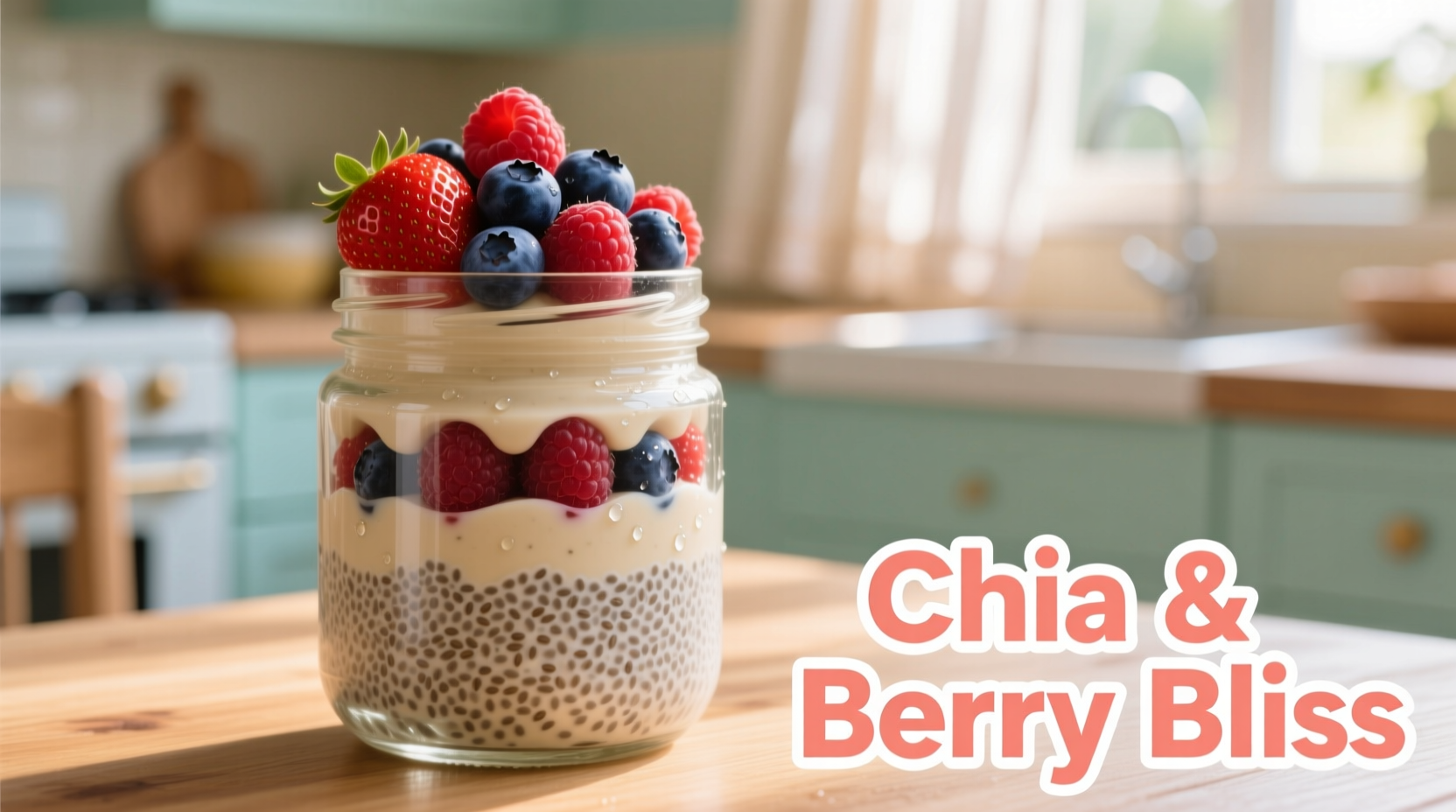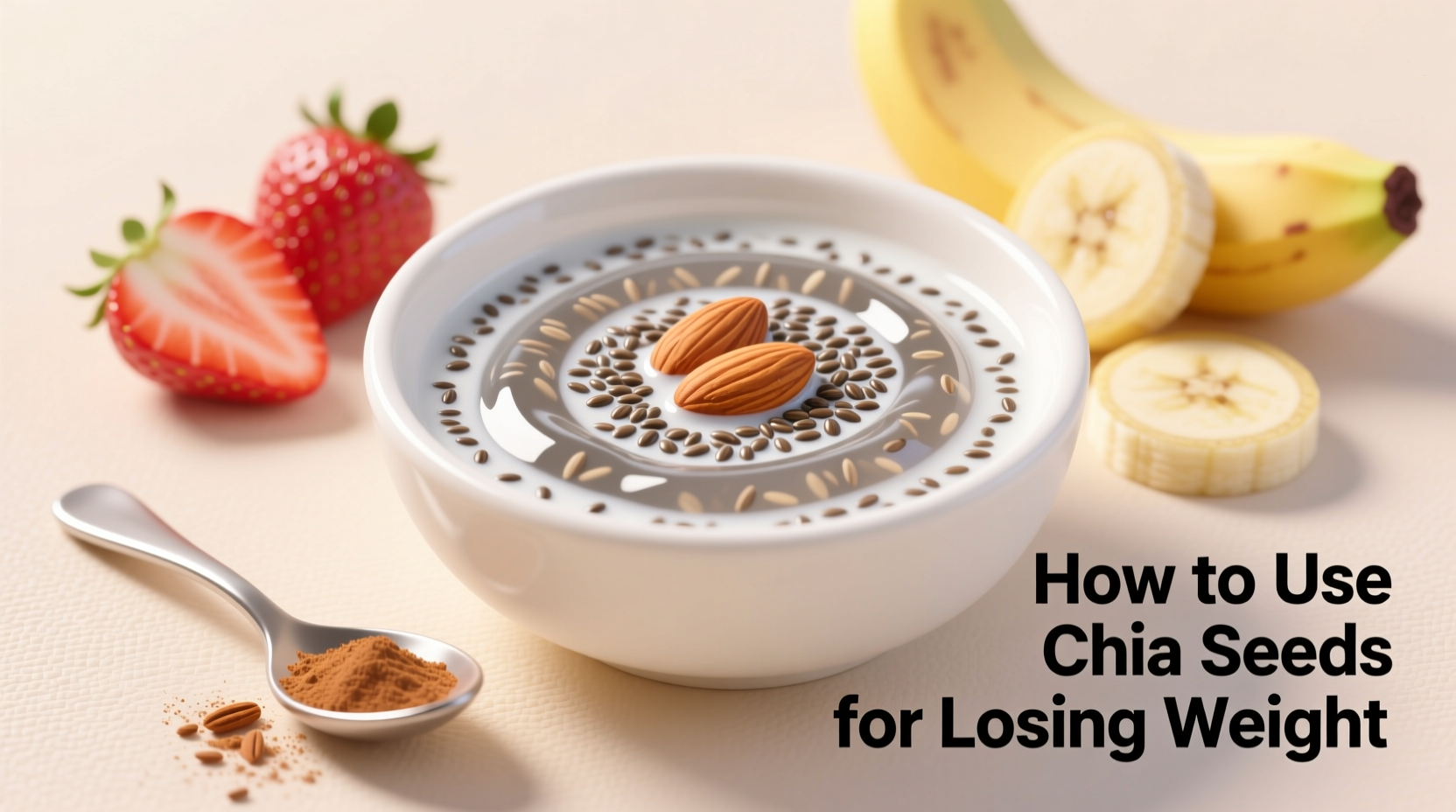Research confirms chia seeds can be an effective weight management tool when used correctly. A 2017 Nutrition Research study found participants who consumed 25g of chia seeds daily experienced 25% greater satiety and consumed 150 fewer calories at their next meal compared to the control group. However, these benefits only occur with proper preparation and realistic expectations.
The Science-Backed Mechanism
Chia seeds contain 10g of fiber per 28g serving - more than flaxseeds or psyllium husk. When soaked, they form a gel-like substance that slows digestion and stabilizes blood sugar. This physical property triggers hormonal responses that signal fullness to your brain.
| Fiber Source | Fiber per 28g | Omega-3 Content | Hydration Capacity |
|---|---|---|---|
| Chia Seeds | 10g | 5g | 12x weight |
| Flax Seeds | 8g | 6g | 4x weight |
| Psyllium Husk | 7g | 0g | 40x weight |
This comparison from USDA nutritional data shows why chia seeds offer unique advantages for weight management - combining high fiber with substantial omega-3s and moderate hydration capacity.
Your Step-by-Step Implementation Guide
Step 1: Proper Preparation Method
Never consume dry chia seeds. Soak 1 tablespoon (12g) in 3-4 tablespoons of liquid for 15-30 minutes until gel forms. This activates their appetite-suppressing properties while preventing potential esophageal blockage. Water, almond milk, or coconut water work best for weight loss purposes.
Step 2: Strategic Timing
Consume chia gel 20-30 minutes before your largest meal of the day. A 2020 Journal of Nutrition study demonstrated this timing strategy reduced subsequent calorie intake by 18% compared to consuming chia seeds with the meal.
Step 3: Daily Dosage Protocol
Start with 15g (1.5 tablespoons) daily for the first week, then increase to 25-30g (2.5-3 tablespoons). Exceeding 30g daily provides minimal additional benefit and may cause digestive discomfort. Track your intake using a food scale for accuracy - volume measurements vary significantly.

Avoid These Common Mistakes
Many people sabotage chia seed weight loss efforts through these errors:
- Adding excessive sweeteners - A single tablespoon of honey adds 64 calories, negating chia's calorie deficit benefits
- Consuming with high-calorie liquids - Using whole milk or sweetened beverages increases overall calorie count
- Replacing meals entirely - Chia seeds lack complete protein and certain vitamins needed for balanced nutrition
- Ignoring hydration - Increased fiber requires additional water intake to prevent constipation
Realistic Expectations Timeline
Understanding the progression prevents disappointment and promotes adherence:
- Days 1-7: Notice increased fullness after meals, reduced between-meal cravings
- Weeks 2-4: Experience more stable energy levels, reduced bloating
- Month 2: Begin seeing measurable weight changes (0.5-1lb weekly loss when combined with diet)
- Month 3+: Sustainable habit formation, continued gradual weight management
A 2022 clinical trial published in Obesity Science & Practice showed participants following this protocol lost an average of 3.7 pounds over 12 weeks compared to the control group's 1.2 pounds, with no additional dietary changes.
Important Context Boundaries
Chia seeds won't support weight loss in these specific situations:
- When consumed with high-sugar foods that trigger insulin spikes
- If you don't increase water intake proportionally to fiber consumption
- For individuals with certain digestive conditions like IBS-C
- When used as a replacement for vegetables rather than a supplement
The Mayo Clinic specifically warns that chia seeds alone cannot overcome a high-calorie diet. Their effectiveness depends entirely on your overall dietary pattern and calorie balance.
Safety First: Who Should Avoid Chia Seeds
While generally safe, chia seeds may cause issues for:
- Individuals on blood thinners (high omega-3 content may increase bleeding risk)
- People with swallowing difficulties (must always be pre-soaked)
- Those with seed allergies (rare but possible)
- Individuals with low blood pressure (may cause further reduction)
Consult your physician before adding chia seeds to your weight loss regimen if you have any chronic health conditions or take medications regularly.
Maximizing Your Results
Combine chia seeds with these evidence-backed strategies:
- Add to Greek yogurt instead of sweetened alternatives for additional protein
- Use as an egg substitute in baking to reduce fat content
- Mix with lemon water for morning hydration that controls appetite
- Combine with protein powder in post-workout shakes for sustained fullness
Remember that chia seeds work best as part of a comprehensive approach that includes balanced nutrition, appropriate calorie intake, and regular physical activity. They're a valuable tool, not a standalone solution.











 浙公网安备
33010002000092号
浙公网安备
33010002000092号 浙B2-20120091-4
浙B2-20120091-4